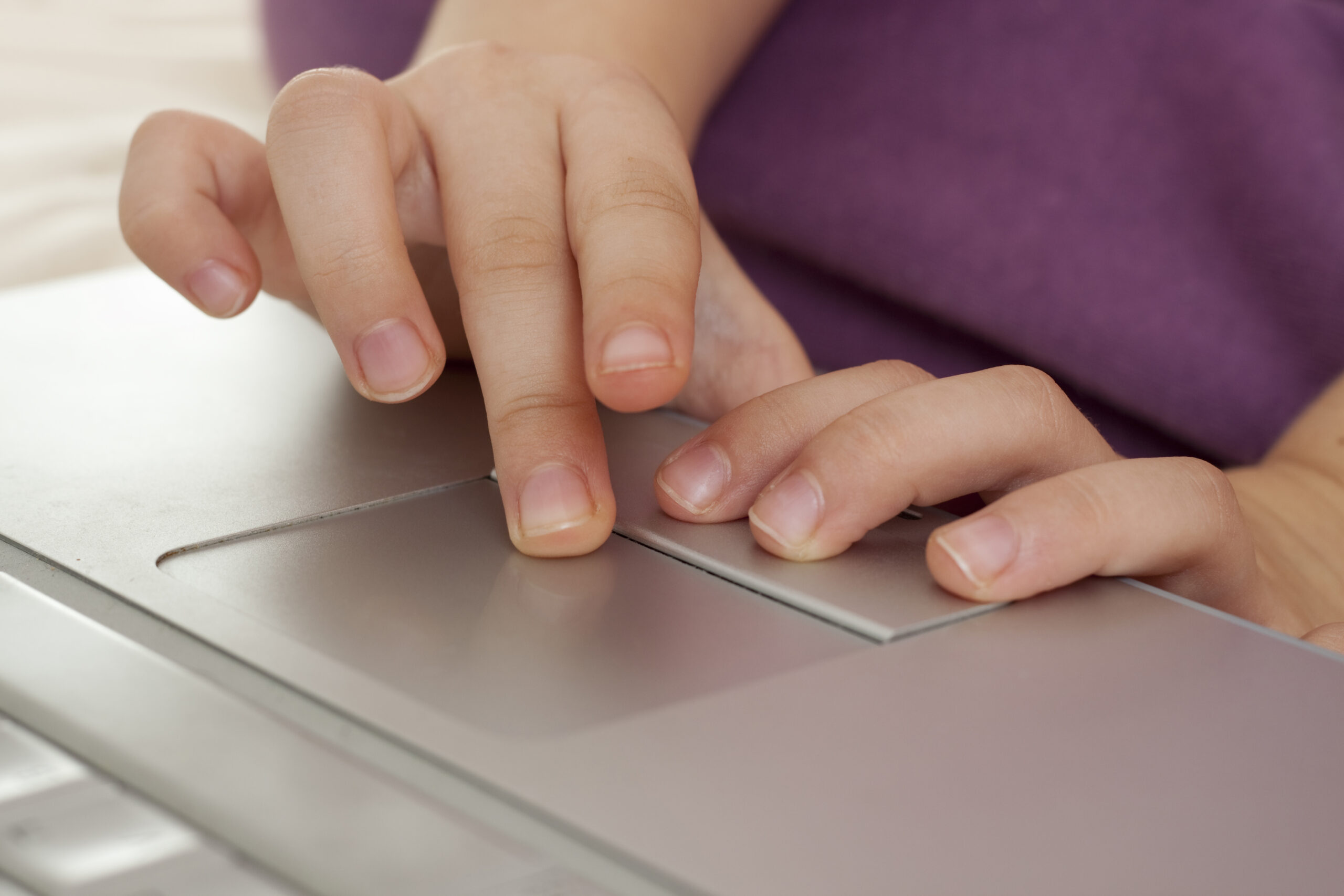
The trackpad is an essential component for most laptop users, as it enables them to navigate and interact with their devices. However, users may experience a decrease in sensitivity over time, making it less responsive to touch and gestures, and ultimately impacting productivity and user experience.
In this article, we will identify common causes of decreased trackpad sensitivity and provide solutions to help users restore optimal performance. By understanding the underlying issues and solutions, laptop users can improve the functioning of their devices and enhance their overall user experience.
What Is Laptop Trackpad Sensitivity?
Laptop trackpad sensitivity refers to how responsive the trackpad is to touch and gestures. This feature is essential in ensuring that the trackpad responds to even the slightest touch, allowing users to navigate their device with precision and ease.
A trackpad with low sensitivity may not respond to touch or gestures, making it difficult for users to click on icons, move the cursor, or scroll through web pages. Generally, a sensitive trackpad is more accurate and provides a better user experience, whereas a trackpad with low sensitivity can significantly hinder productivity and slow down everyday tasks.
What Causes Decrease in Trackpad Sensitivity
There are several reasons why the laptop trackpad sensitivity may decrease over time. Some common causes include:
Dirt and debris accumulation: Dirt, dust, and debris can accumulate on the trackpad’s surface, leading to a decrease in sensitivity. This can make the trackpad feel sluggish or unresponsive.
Settings change: Sometimes, a change in the settings of the laptop can cause the trackpad sensitivity to decrease. This can happen when a user accidentally changes the trackpad sensitivity settings or when the laptop undergoes a system update.
Driver issues: Outdated or incorrect trackpad drivers can also cause a decrease in sensitivity. This can happen when the laptop undergoes a system update or when the drivers are not updated regularly.
Hardware problems: The trackpad’s hardware can also be the cause of sensitivity issues. Damage to the trackpad, such as scratches or cracks, can result in decreased sensitivity.
System updates: Occasionally, an update to the laptop’s operating system or software can cause issues with the trackpad’s sensitivity. This can be due to incompatibility issues or changes in the software’s default settings.
How to Increase Laptop Trackpad Sensitivity?
To increase the sensitivity of your laptop’s trackpad, you can try the following solutions:
Cleaning the trackpad: Dirt and debris accumulation on the trackpad’s surface can cause a decrease in sensitivity. To fix this issue, you can clean the trackpad using a microfiber cloth or a soft-bristled brush.
Adjusting settings: You can increase the trackpad sensitivity by adjusting the settings. On most laptops, you can do this by going to the Control Panel or Settings and selecting the Mouse or Touchpad option. From here, you can adjust the sensitivity settings to your liking.
Updating drivers: If the sensitivity issue is caused by outdated or incorrect trackpad drivers, updating the drivers can help fix the problem. You can do this by going to the laptop manufacturer’s website and downloading the latest trackpad drivers.
Checking hardware: If the trackpad sensitivity issue is caused by hardware damage, such as scratches or cracks, you may need to have the trackpad repaired or replaced.
Disabling palm detection: Some laptops come with palm detection features that can interfere with the trackpad’s sensitivity. Disabling this feature can help increase sensitivity. To do this, you can go to the laptop’s Control Panel or Settings, select the Mouse or Touchpad option, and then turn off the palm detection feature.
Additional Tips for Maintaining Laptop Trackpad Sensitivity?
While adjusting the sensitivity settings or cleaning the surface of your laptop’s trackpad can help improve its performance, some other tips and tricks can help maintain its sensitivity over the long term.
By following these additional tips, you can ensure that your laptop’s trackpad continues to provide a smooth and responsive user experience. In this article, we will explore some additional tips for maintaining laptop trackpad sensitivity,
Use a protective cover: Using a protective cover for your laptop can help prevent dirt, debris, and scratches from accumulating on the trackpad’s surface, which can decrease sensitivity.
Avoid using the trackpad with wet hands: Using the trackpad with wet hands can leave moisture on the surface, which can cause a decrease in sensitivity. Make sure your hands are dry before using the trackpad.
Adjust your hand position: The way you position your hand on the trackpad can affect its sensitivity. Try adjusting your hand position or posture to see if this improves the sensitivity.
Update your laptop’s operating system and software regularly: System updates can sometimes improve the trackpad’s sensitivity. Make sure your laptop is up-to-date with the latest operating system and software updates.
Use an external mouse: If you find that the trackpad sensitivity is still not meeting your needs, consider using an external mouse instead. This can provide greater control and sensitivity than the trackpad.
Conclusion
Additionally, it’s important to note that sometimes laptop trackpad sensitivity issues can be more complex and require professional assistance. If you encounter any problems with your laptop’s trackpad that you are unable to resolve on your own, consider seeking help from a professional repair service.
For example, Fixsmart is a great resource for those who require technical support for their laptops or other electronic devices. Don’t hesitate to reach out for assistance if needed, as it can save you time and frustration in the long run.



